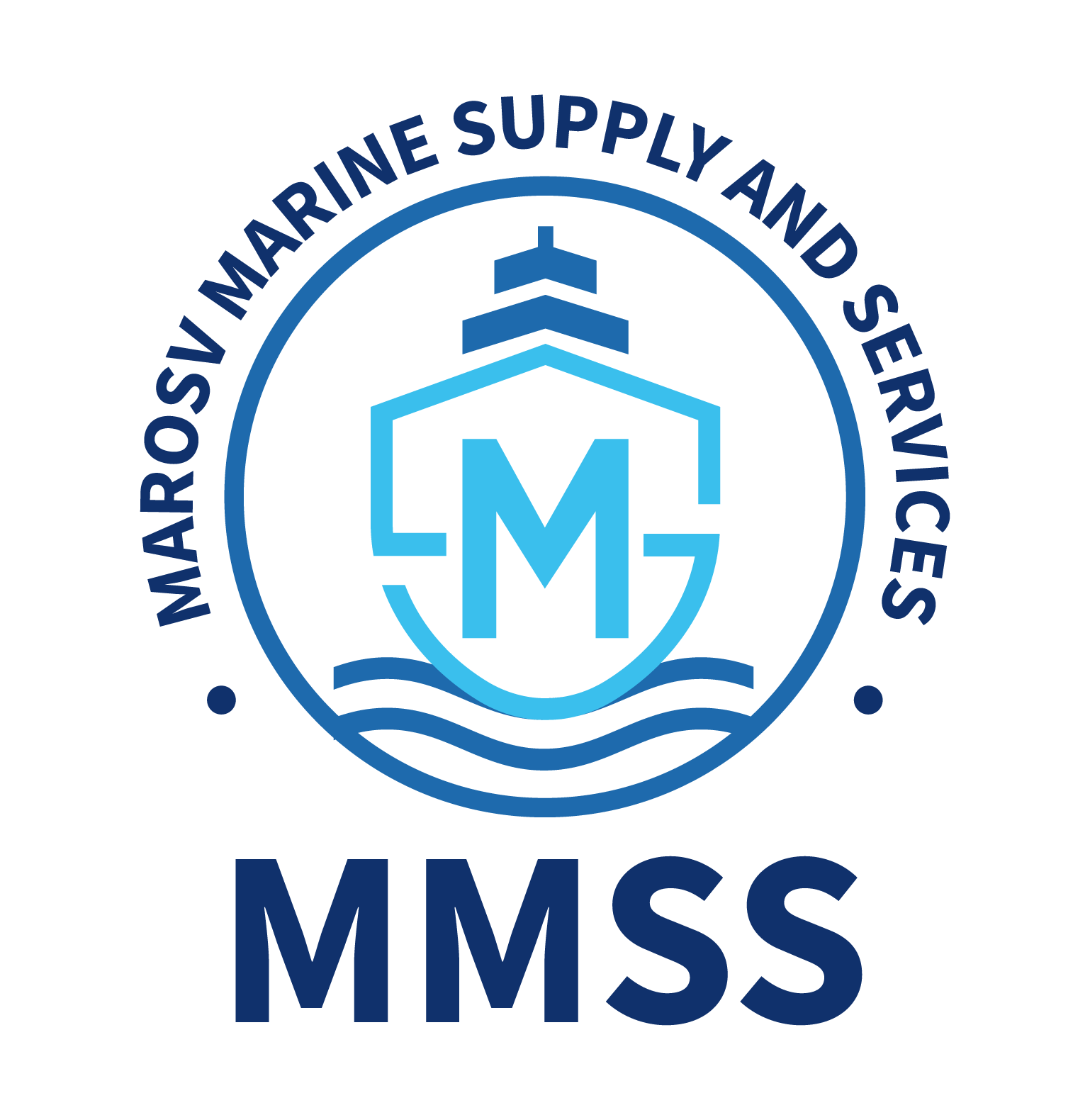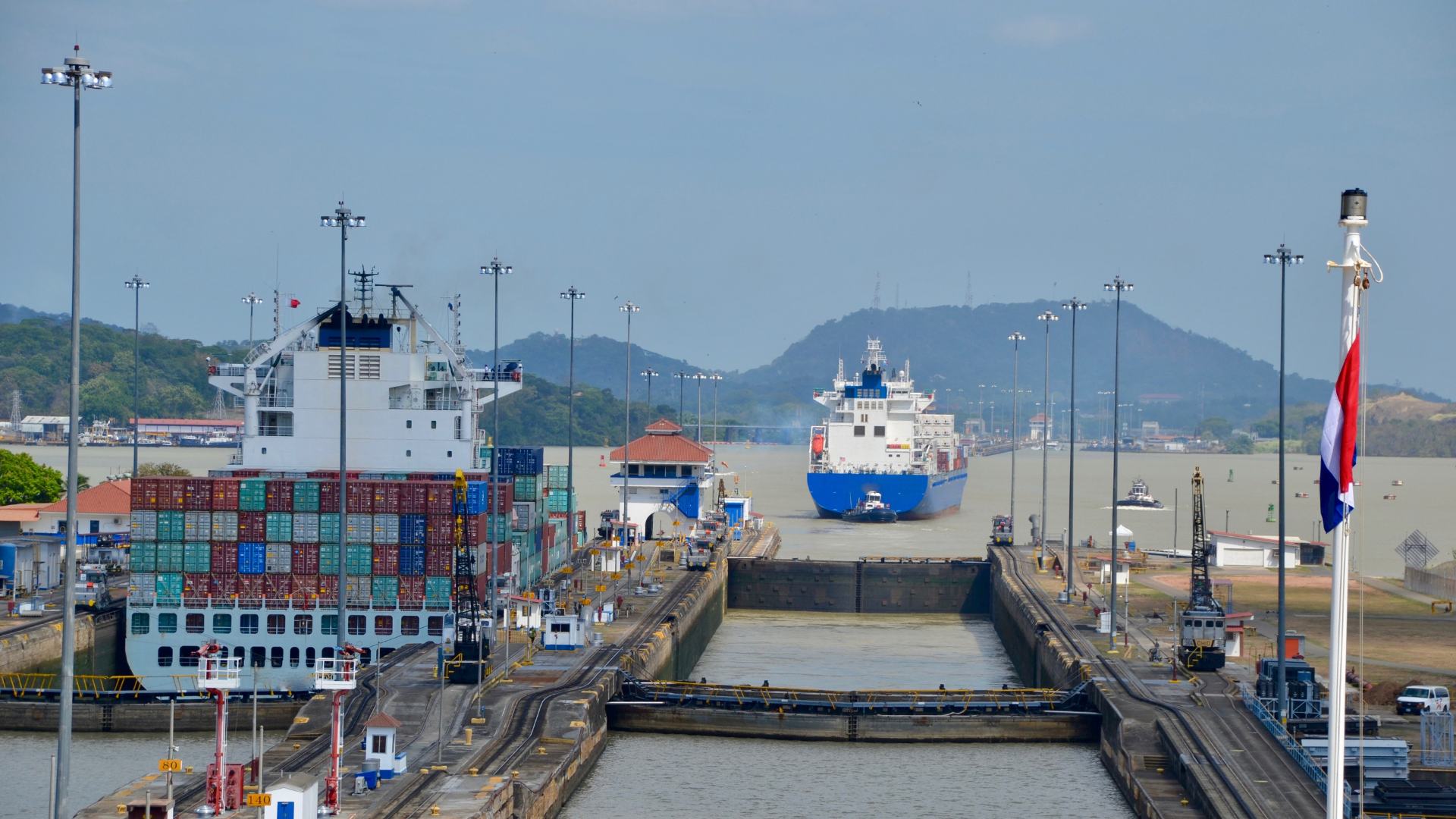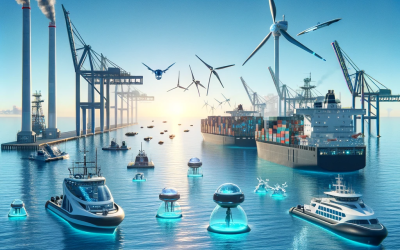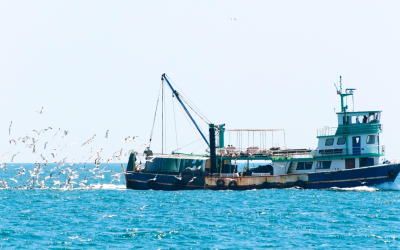The intricate interplay of numerous variables is transforming Panama’s maritime industry. The United States policies to limit immigration from the Northern Triangle, climate change, the rise of leftist populism in the region, the China-Taiwan competition, technology trends, the evolution of regional infrastructure, and the restructuring of the maritime shipping industry itself are some of these variables. The demand for the Canal and its accompanying ports will probably stay high, but in the next few years, it’s possible that the traffic’s change, its routes, its operators, and its relationship to nearby complementing and rival facilities will change significantly.
Shipping Industry
While the current container shipping crisis and the unpredictability of the global value chains will eventually be resolved, complementary events like the Suez Canal blockade and the early Covid-19 pandemic closure of China will continue to raise awareness of the risks associated with transport between the region and Asia as well as the issues with having localized value chains as businesses to move away from “just in time” inventory to a “just in case” one.
The freight rates and high profits will probably be maintained thanks to the consolidation of the world’s shipping industry into three major alliances: 2M (MSC, Maersk, and HMM), Ocean Alliance (CMA-CGM, COSCO, OOCL, and Evergreen), and THE Alliance (Hapag-Lloyd, NYK, Yang Ming, MOL, and K-Line).
Although the effects will primarily be felt in import-export terminals rather than transshipment hubs like Panama, the entry into service of a new wave of large container ships, ordered in 2020 and to be delivered in 2023, may bring some relief once ports invest and learn to load and offload them effectively.
Ship Registry
According to IHS Markit, the Panama Ship Registry ended 2021 with a total of 8,558 ships and 236 million tonnes gt, an increase of 2.33% over the 230.5 million gt of the previous year. 15% of the global fleet is flagged by Panama Registry. A 34% increase over 2020 in revenue was achieved by the Registry thanks to improved control and efficient collection.
The United Nations has the right to apply sanctions and for fishing vessels to be sanctioned or removed from the Registry if they commit an act related to unlawful fishing (IUU). Panama has prioritized a purging process for its fleet.
The year 2021 has been characterized by the adoption of new procedures, enhancements to its service platforms, the use of new service models, work trips, and meetings with clients and strategic partners. To complete the year with an overall compliance rate of 96% with the different Memoranda of Understanding to which Panama belongs, a special effort was made to promote the caliber of the Panamanian fleet.
The Panamanian flag has taken the appropriate steps to align itself with these goals at a time when the marine sector has high requirements for environmental concerns and global openness. The Panama Registry offers several incentives to encourage the use of clean energies, including those that reward new construction and ship owners who choose vessels outfitted with cutting-edge technology that protects the marine environment.
Cabotage Law
Panama’s first cabotage law, which had been in the works for years, was finally signed by President Laurentino Cortizo in December 2021 and took effect right away. The “law” provides significant incentives for the procurement, resale, and maintenance of vessels. Additionally, it pioneers in the study and creation of green fuels, said Rodrigo Hernandez, head of the Panamanian Ship Owners Association (ARPA by its Spanish acronym).
The bill finally gives Panamanian citizens preference for vessel ownership. Conditions, where adjustments are needed to accommodate various services provided to ports and ships, are also taken into account. These circumstances will be governed by rules that are enforced by the board of directors and the Panama Maritime Authority (AMP). Local shipowners have increased their spending on fleet renewal, but we anticipate that the law will have its most impact by the end of this year. Companies that engage in cabotage are required to have an ownership structure in which Panamanian citizens control and hold at least 75% of the company’s assets.
The rules that will be put in place for abandoned ships are one of the biggest changes. Shipowners have frequently abandoned their ships in the Canal anchorage regions with only a minimal crew throughout the years. Ships that have anchoring issues or hull structural problems sink or run aground close to the shoreline, creating a barrier to shipping and hindering shore development. They frequently contaminate fuel, waste, and other liquids, which are then finally released into the environment. Companies exist that specialize in handling oil spills, offshore situations, and wreck cleanup.
Panama Port’s activity
Port operations in Panama reached a significant milestone in 2021 with record cargo volume and growth, surpassing the 8 million TEU mark for the first time, with a total of 8.62 million TEU, up 11.5% from 7.73 million TEU in 2020.
The uninterrupted availability of port services, such as stevedoring, ship husbandry, and intermodal work, has been a significant element in Panama’s favor. Support for crew changes in Panama has also helped ship owners and operators manage their vessels.
Numerous adjustments were made last year, particularly in the logistics and supply chain, as well as in the crowded US ports. Dwell time of transshipment units has increased significantly at the start of the year, negatively affecting operations. Looking at a possible forecast for this year, it would be expecting some moderation or normalization of volume levels as they consolidate and take advantage of the lessons learned from the previous two years since logistics providers and buyers of goods have been in “pandemic mode” for nearly two years now. This could result in slower annual growth rates until carriers can increase the number of bottoms in the water to satisfy the increased demand brought on by structural changes caused by the pandemic.
But the Asian congestion, particularly the Chinese one, will undoubtedly continue to have an impact on the global supply chain. Containers in Shanghai waited at the port for an average of 12.1 days in April before being picked up by a truck. This is roughly three times longer than the wait in March. This slows down the supply chain as a whole and the subsequent reloading procedure.
The crisis between Ukraine and Russia, in the opinion of many port operators in Panama, has a “marginal effect” on their business.
Is very difficult to try to predict the future of the maritime industry in Panama with all the variables that have an impact on it. But the good news is that the government and investors are considering all these and preparing themselves to stay relevant in a such dynamic panorama.





0 Comments